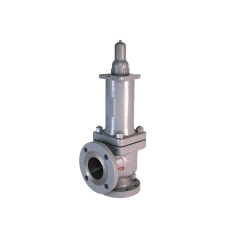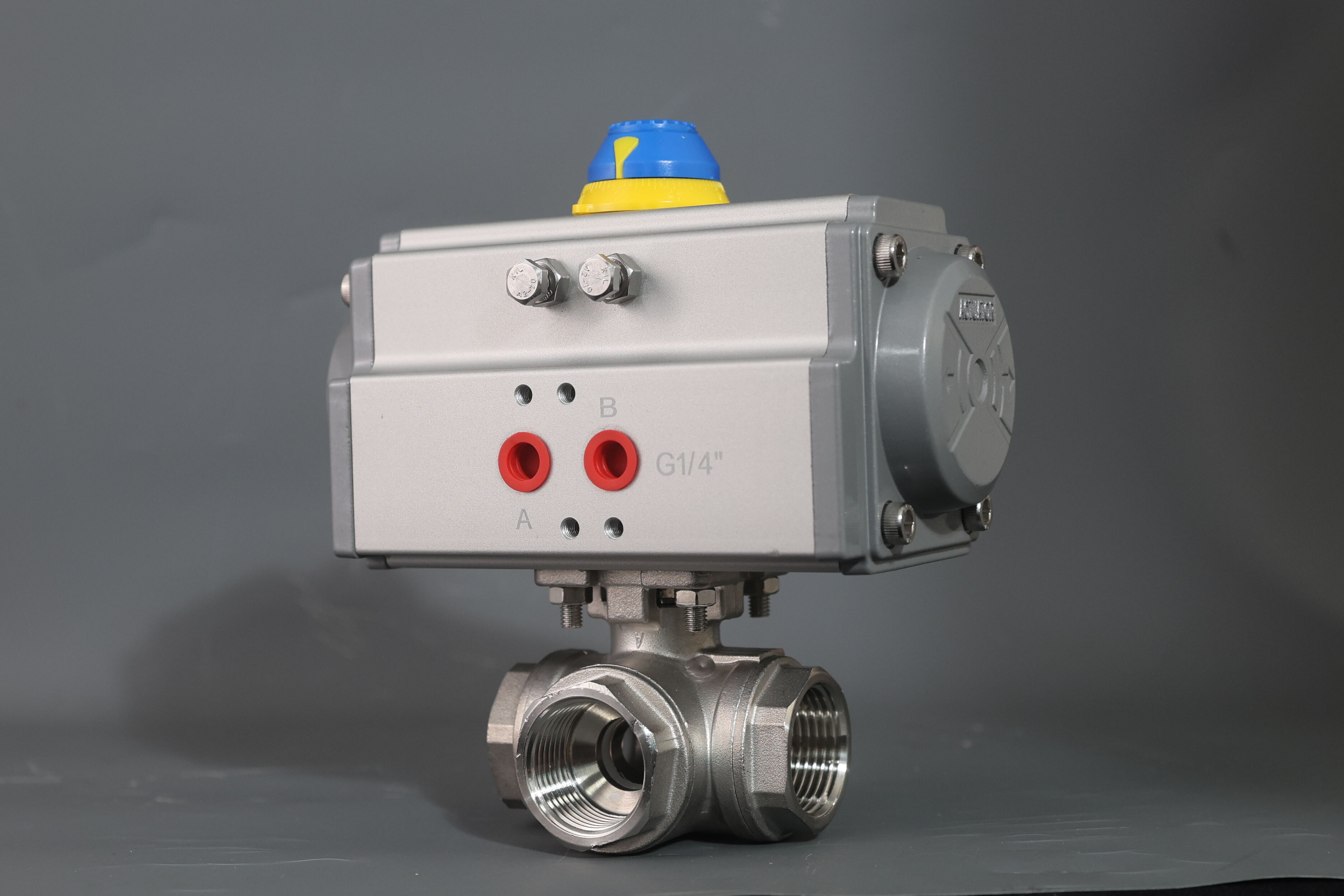pressure safety valve working
A pressure safety valve (PSV) is a critical safety device engineered to protect pressure vessels, systems, and equipment from excessive pressure buildup. Operating on a straightforward mechanical principle, these valves automatically release excess pressure when it exceeds predetermined safe limits. The valve consists of a spring-loaded disc that remains closed under normal operating conditions but lifts when pressure reaches the set point. Modern PSVs incorporate sophisticated features such as balanced bellows to compensate for back pressure, advanced seat designs for bubble-tight shutoff, and smart monitoring capabilities for predictive maintenance. These valves find extensive applications across various industries, including oil and gas, chemical processing, power generation, and pharmaceutical manufacturing. The working mechanism involves careful calibration of spring tension against operating pressure, ensuring precise activation when needed. Advanced models feature adjustable blowdown rings that control the pressure differential between opening and closing, preventing unnecessary cycling. PSVs also incorporate fail-safe designs, meaning they will operate even if power or control systems fail. The technology has evolved to include materials resistant to corrosion and high temperatures, making these valves suitable for extreme operating conditions. Regular testing and maintenance ensure reliable performance, with many modern units featuring position indicators and remote monitoring capabilities for enhanced safety management.

